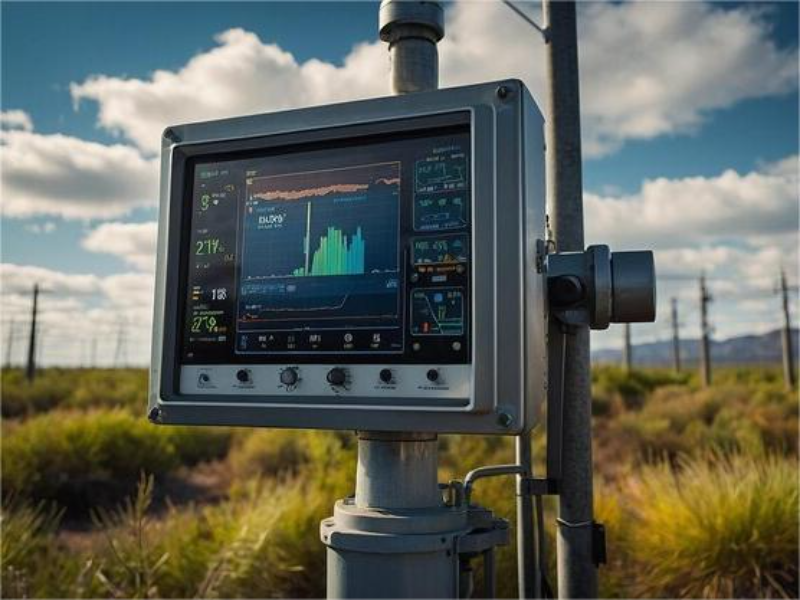- Air quality monitoring evaluates atmospheric pollutants and their impact on health and the environment.
- Water quality monitoring assesses contaminants and conditions in various water bodies to ensure safety and ecological balance.
Environmental monitoring is a critical practice for safeguarding our environment and public health. It involves various methods to track and manage environmental conditions, ensuring that we can address issues such as pollution and contamination effectively. This blog explores the four main types of environmental monitoring: air quality, water quality, soil, and noise monitoring. Each type plays a unique role in maintaining environmental standards and protecting both human and ecological health.
1. Air quality monitoring
Air quality monitoring involves measuring pollutants in the atmosphere, including particulate matter (PM), nitrogen dioxide (NO2), sulfur dioxide (SO2), carbon monoxide (CO), and ozone (O3). This type of monitoring is essential for:
- Public health: High levels of air pollution can cause respiratory issues, cardiovascular diseases, and other health problems. Monitoring helps identify pollution sources and assess the effectiveness of air quality regulations.
- Regulatory compliance: Ensures that industries and regions meet air quality standards, supporting policy development and enforcement.
Also read: 6 roles of IoT in smart cities
2. Water quality monitoring
Water quality monitoring includes analysing parameters of water bodies such as rivers, lakes, oceans, and groundwater. Key aspects include:
- Chemical contaminants: Measures pollutants like heavy metals, pesticides, and industrial chemicals.
- Biological indicators: Assesses microorganisms, algae blooms, and pathogens.
- Physical properties: Monitors temperature, pH, turbidity, and dissolved oxygen levels.
This monitoring is crucial for:
- Public health: Ensures safe drinking water and identifies contaminants that may pose health risks.
- Environmental conservation: Protects aquatic ecosystems by monitoring pollutants and their effects on water bodies.

3. Soil monitoring
Soil monitoring evaluates soil conditions and quality for agriculture, construction, and other uses. It includes:
- Nutrient levels: Measures essential nutrients such as nitrogen, phosphorus, and potassium.
- Contaminants: Detect pollutants like heavy metals, pesticides, and industrial waste.
- Physical properties: Assess soil texture, structure, and moisture content.
Soil monitoring is important for:
- Agricultural productivity: Ensures soil health and fertility, leading to better crop yields and sustainable farming practices.
- Environmental protection: Identifies contamination sources and assesses the impact of pollutants on soil health.
Also read: How to achieve smart city sustainable development?
4. Noise monitoring
Noise monitoring involves measuring and analysing noise levels in various environments, including urban areas and industrial sites. Key aspects include:
- Noise levels: Assesses decibel levels and patterns of noise pollution.
- Sources: Identifies sources of excessive noise, such as traffic and construction.
- Impact: Evaluates the effects of noise on human health and wildlife.
This monitoring is vital for:
- Public health: Identifies high noise pollution areas that may lead to hearing loss and stress.
- Regulatory compliance: Ensures noise levels adhere to regulations and guidelines.
In summary, the four main types of environmental monitoring—air quality, water quality, soil, and noise—are crucial for maintaining and improving environmental health. Each type provides valuable insights into different aspects of environmental quality, supporting efforts to protect public health and conserve natural resources. Understanding and implementing these monitoring methods help us manage environmental challenges effectively and ensure a sustainable future.

